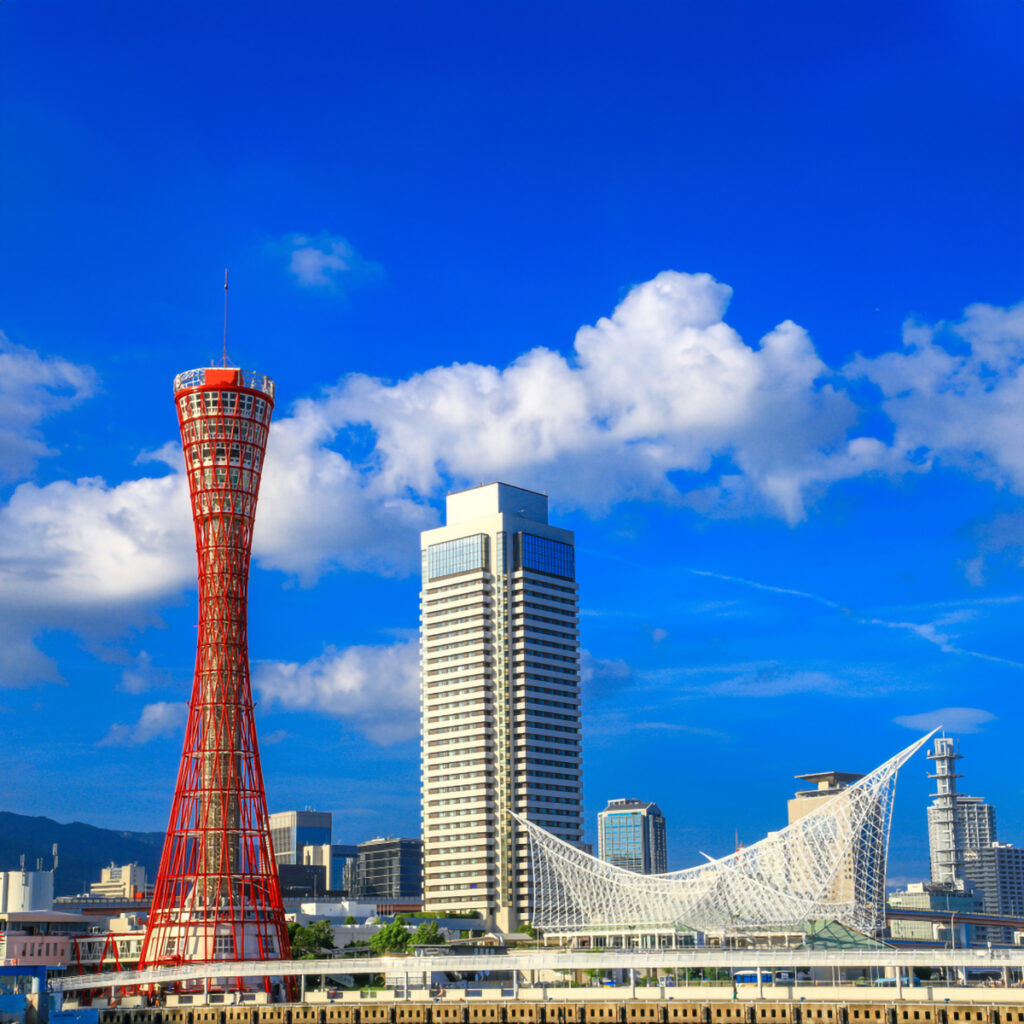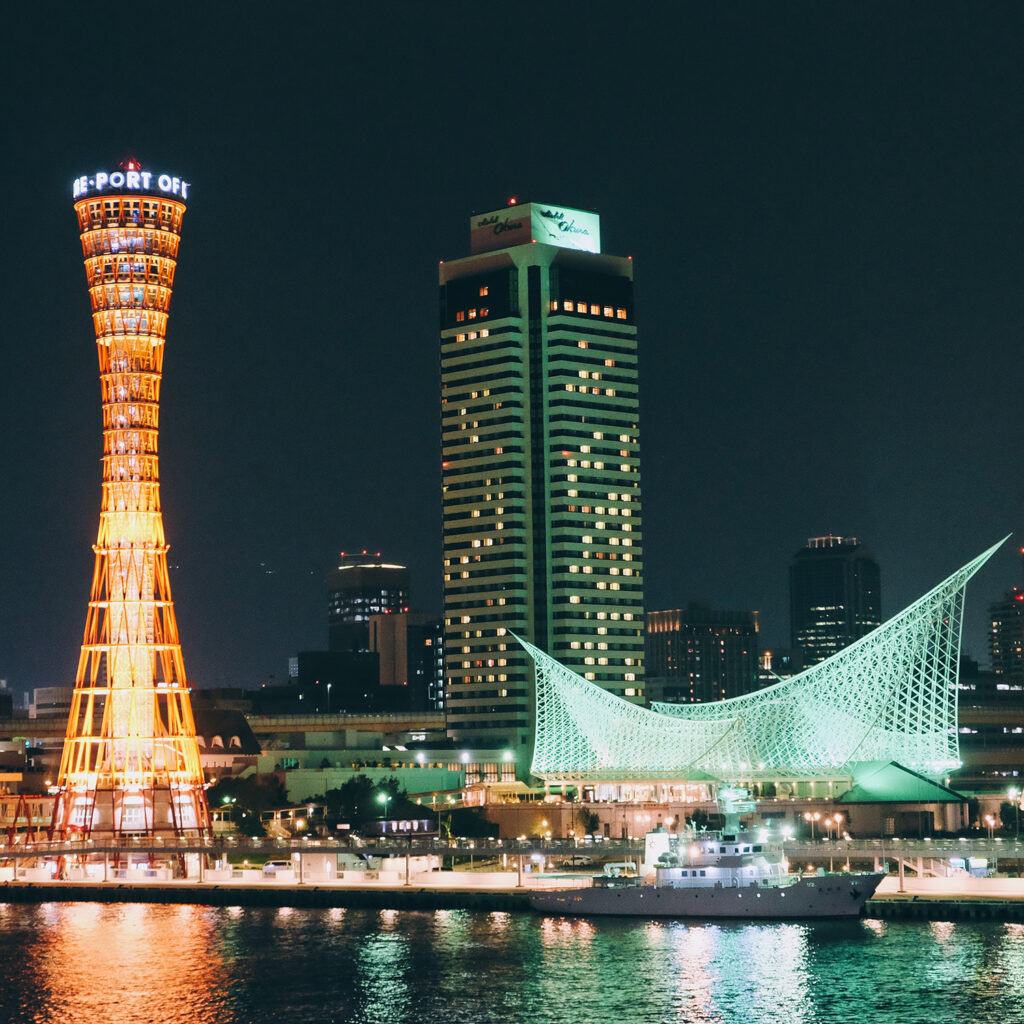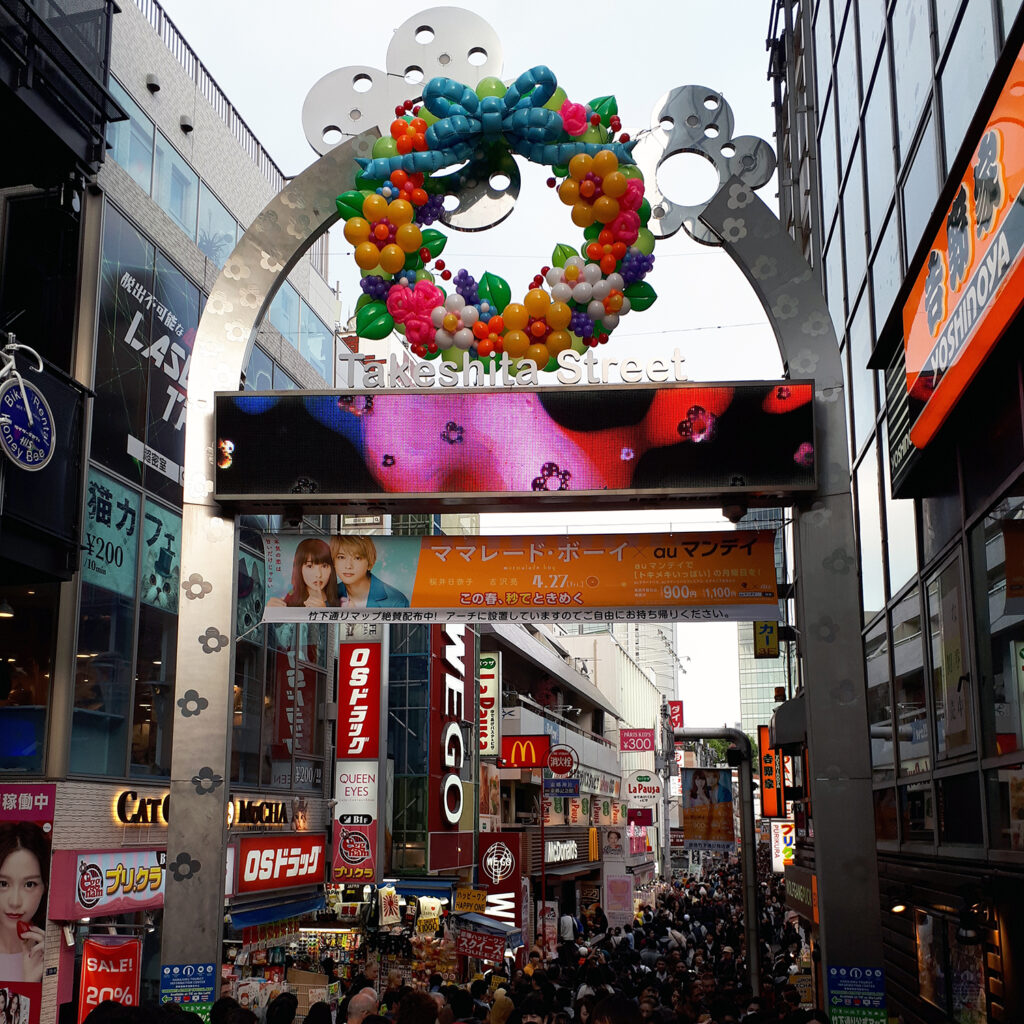Located in the Kansai region in the heart of Japan, Hyōgo Prefecture is distinguished by its rich history, cultural diversity, picturesque landscapes and dynamic economy. This region, which borders the Seto Inland Sea to the west and extends to the mountains to the north, offers a unique experience to visitors and residents.
History and Cultural Heritage
Himeji: The Pearl of Japan
The prefecture is proud to be home to the iconic Himeji Castle, a UNESCO World Heritage Site. Built in the 17th century, this castle, also known as “Hakuro-jō” or “White Heron Castle,” is an architectural marvel that has survived the ravages of time and earthquakes.
Kobe: A Cultural Blend
Kobe, the largest city in the prefecture, is a cultural melting pot. Famous for its delicious Kobe beef, the city offers much more than gastronomic pleasures. The Kitano district, with its old Western houses, bears witness to foreign influence during the Meiji era. Kobe Port, a symbol of modernity, is also the starting point for many cultural and artistic events.
Cuisine and Gastronomy
Hyōgo Prefecture is renowned for its delicious and varied cuisine. Besides Kobe beef, known worldwide for its exceptional tenderness, seafood from the Seto Inland Sea is also a must. Local restaurants offer fine cuisine showcasing the freshness of local ingredients.
Nature and Landscapes
Rokko Mountains
The Rokkō Mountains, which extend north of Kobe, offer exceptional hiking opportunities and panoramic views of Osaka Bay. In autumn, the leaves change color, creating a spectacular landscape. The Arima Onsen hot springs, located at the foot of these mountains, are also a popular destination to relax and enjoy the benefits of the hot springs.
Awaji Island
To the south of the prefecture, Awaji Island is a natural paradise with its botanical gardens, peaceful beaches and cultural festivals. The Akashi-Kaikyō Bridge, one of the longest suspension bridges in the world, connects the island to the mainland, offering stunning views of the sea.
Economy and Innovation
Hyōgo is an economic powerhouse of Japan, home to many industries including steel, shipbuilding and the electronics industry. The prefecture also plays a key role in the production of sake, with the Nada region being one of the main production centers for this traditional Japanese drink.
National Treasures, Preservation Districts, and Museums of Hyōgo Prefecture, Japan
National Treasures of Japan
1. Himeji Castle in Himeji (UNESCO World Heritage Site)
Himeji Castle, also known as “White Heron Castle,” is a masterpiece of Japanese castle architecture and a UNESCO World Heritage Site. Dating back to the 17th century, it stands as a symbol of strength and elegance. The castle complex includes 83 buildings with advanced defensive systems and intricate architectural features.
2. Jōdo-ji in Ono
Jōdo-ji, a Buddhist temple located in Ono, is a designated National Treasure of Japan. The temple is renowned for its historic significance and architectural brilliance, representing the cultural and religious heritage of the region.
3. Ichijō-ji in Kasai
Ichijō-ji is another National Treasure, a Buddhist temple in Kasai. The temple, with its serene surroundings and ancient structures, offers visitors a glimpse into the spiritual and artistic traditions of Japan.
4. Kakurin-ji in Kakogawa
Kakurin-ji, nestled in Kakogawa, is a National Treasure that showcases the beauty of Japanese Buddhist architecture. The temple’s rich history and cultural importance make it a must-visit for those interested in Japan’s religious heritage.
5. Taisan-ji in Kobe
Taisan-ji, located in Kobe, is a National Treasure known for its architectural beauty and cultural significance. The temple reflects the fusion of Buddhist traditions with local craftsmanship, creating a unique and spiritually enriching experience for visitors.
6. Chōkō-ji in Katō
Chōkō-ji, situated in Katō, is a National Treasure that stands as a testament to the artistic achievements of Japanese temple architecture. The temple’s intricate details and historical context make it a valuable part of Japan’s cultural heritage.
7. Chorakuji in Kami, Hyōgo (Mikata)
Chorakuji, located in Kami, Hyōgo, is a national treasure known for its architectural finesse and cultural significance. The temple provides insight into the region’s religious and artistic developments throughout history.
Important Preservation Districts for Historic Building Groups
1. Kitano-chō Yamamoto-dori
Kitano-chō Yamamoto-dōri in Kobe is an important preservation district known for its well-preserved Western-style houses from the Meiji era. The region reflects the influence of foreign residents during Japan’s modernization period.
2. Izushi
Izushi, a historic town in Hyōgo, is known for its preservation of traditional Japanese architecture. The city’s castle, samurai houses and charming streets transport visitors to a bygone era.
3. Sasayama
Sasayama is known for its well-kept castle and traditional merchant houses. The Sasayama Preservation District showcases the architectural and cultural heritage of feudal Japan.
Museums
Hyōgo Prefecture is home to a wide range of museums, each contributing to the cultural fabric of the region.
1. Hyōgo Prefectural Art Museum in Nada Ward, Kobe
This museum features a collection of contemporary and traditional Japanese art, providing a comprehensive view of the artistic evolution of the region.
2. Kobe City Museum in Chuo Ward, Kobe
The Kobe City Museum delves into the history and culture of Kobe, featuring exhibits highlighting the city’s role in commerce, industry and international relations.
3. Kobe Maritime Museum in Chuo District, Kobe
Given Kobe’s maritime importance, this museum explores the city’s maritime history, featuring exhibits on shipbuilding, shipping, and maritime trade.
4. KOSETSU Art Museum in Higashinada Ward, Kobe
The KOSETSU Art Museum focuses on traditional Japanese crafts and arts, providing visitors with an in-depth understanding of the complex skills and techniques employed by local artisans.
5. Hakutsuru Fine Art Museum in Higashinada Ward, Kobe
Known for its sake production, Hakutsuru Fine Art Museum combines the appreciation of art with the heritage of sake-making, creating a unique cultural experience.
6. Himeji City Museum of Art in Himeji
This museum in Himeji features a diverse collection of Japanese and Western art, providing a cultural oasis in the shadow of Himeji Castle.
7. Asago Art Village in Asago
Asago Art Village is a creative space where contemporary art meets the tranquility of nature, offering a unique blend of artistic expression in a serene setting.
8. Ashiya City Museum of Art & History in Ashiya
Ashiya City Museum of Art & History celebrates the local history and showcases a range of art exhibits, fostering a connection between the past and present.
9. TEKISUI MUSEUM OF ART in Ashiya
TEKISUI MUSEUM OF ART focuses on modern and contemporary art, providing a platform for both local and international artists to showcase their works.
10. Osamu Tezuka Manga Museum in Takarazuka
Dedicated to the “God of Manga,” Osamu Tezuka, this museum in Takarazuka honors the prolific manga artist’s life and works, offering insights into the world of Japanese manga.
Hyōgo Prefecture embodies the harmonious fusion between tradition and modernity, nature and urbanity. Whether you are passionate about history, exquisite cuisine, stunning natural landscapes or industrial innovation, Hyōgo offers a diverse and unforgettable experience. By exploring this fascinating region, visitors can truly understand the richness and complexity of Japanese culture.



